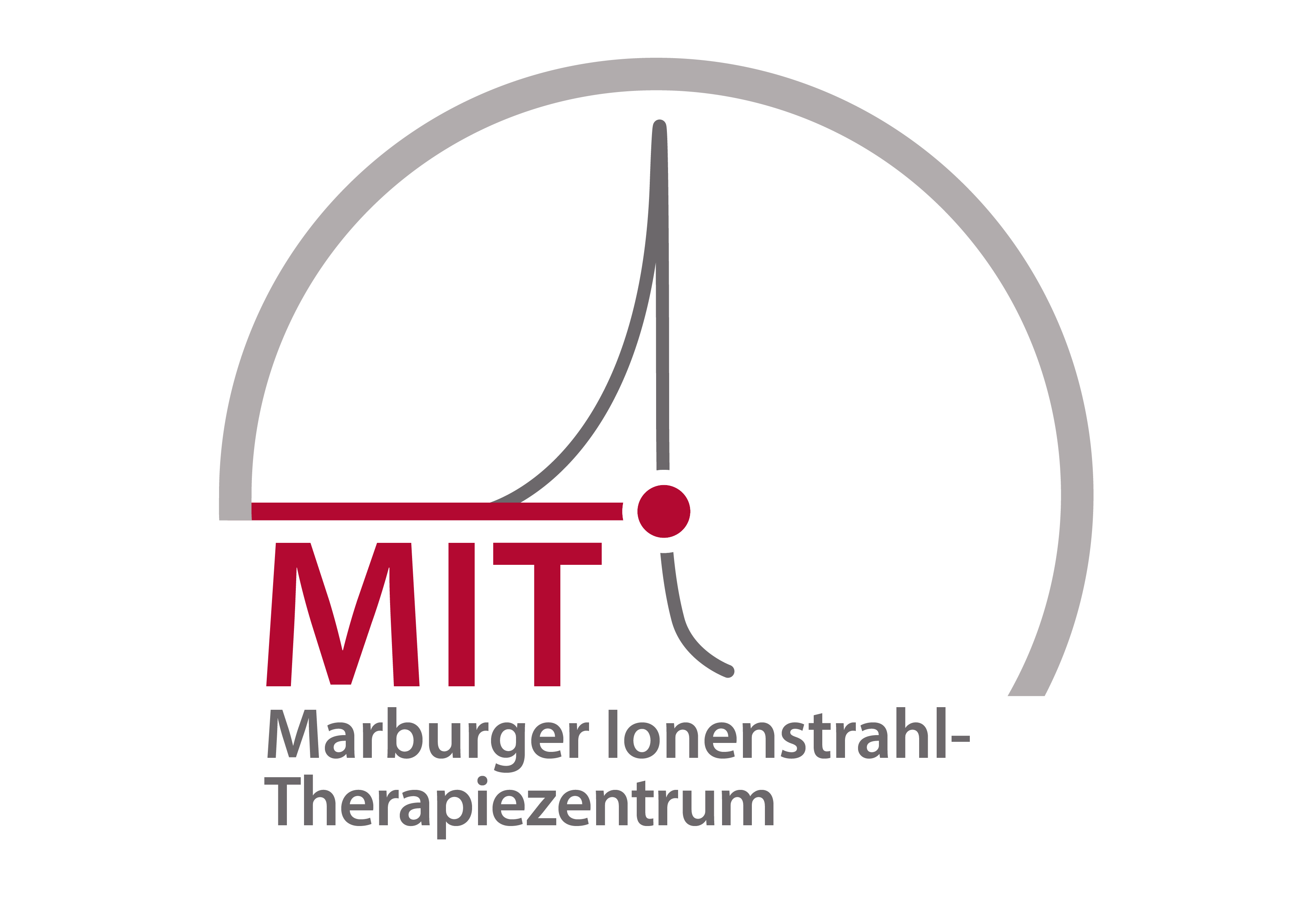
The technology behind therapy
Beam, dose, and raster scanning
Effect of radiation
The dose effect in the body depends relevantly from the fact which radiation type is used. While for example solar radiation mainly warms, so-called ionizing radiation such as the applied ion radiation destroys the cells. This occurs mainly by DNA damaging. Radiotherapy takes advantage of this effect to destroy the degenerated tumor cells from the outside. Since also healthy cells are damaged in this context, the attempt is made to limit the field of high dose to the diseased areas. Due to the Bragg Peak and the raster scan procedure the results are better than conventional therapy with x-rays.
Planning
For tumor irradiation, our physicians define which dose has to be applied to which tumor area and which maximum dose can be justified in healthy tissue. In the radiation planning, this specification is realized. For this purpose, a three-dimensional model of the patient is created by means of computed tomography (CT). The planning software calculates the optimal combination of many possible beams that fits best for the specification of the treating physicians. Before this plan is applied, the physicians and medical physicists check the correct implementation of the planned specifications. The result is a sequence of single spots in the patient that have to be irradiated. Typically, each spot is irradiated with a different number of ions. This procedure is called intensity-modulated particle therapy.
Irradiation
In the course of the actual irradiation, technology processes this list. Energy dose per energy dose the single spots are directed. For each energy level, several spots have to be irradiated, often even more than 1,000. For this purpose, the scanner magnets are set and adjusted in a rapid and highly precise way. Each spots is irradiated until the specific number of ions is achieved. Typically, this occurs in a hundredth of a second.


